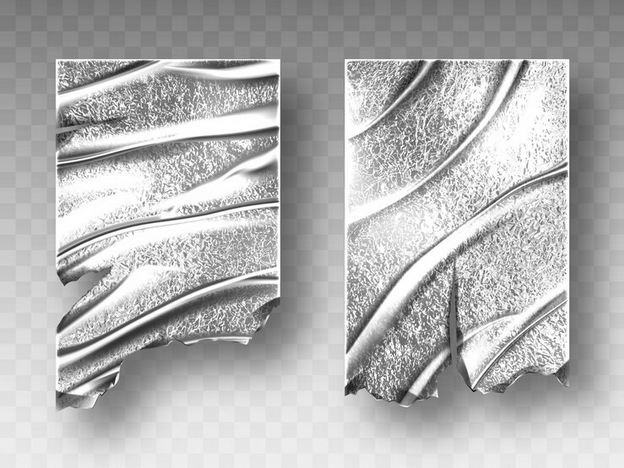In the realm of print and design, techniques that elevate the aesthetic appeal of products hold immense significance. Among these techniques, silver foil blocking stands out as a method that adds a touch of elegance and sophistication to various materials. From business cards to packaging, silver foil blocking exudes a sense of luxury and premium quality. This article delves into the intricacies of silver foil blocking, exploring its process, applications, and the artistic brilliance it brings to designs.
Understan ding Silver Foil Blocking
Silver foil blocking, also known as hot foil stamping or simply foil stamping, is a printing process that involves the application of a metallic foil onto a surface using heat and pressure. The foil, typically made of metallic material like silver, gold, or copper, is transferred onto the desired substrate, creating a shiny, reflective effect.
The process of silver foil blocking begins with the creation of a die, which contains the design or pattern to be stamped onto the material. The die is heated, and the foil is placed between the die and the substrate. When pressure is applied, the foil adheres to the surface, leaving behind the stamped design in silver brilliance.
Applications of Silver Foil Blocking
The versatility of silver foil blocking makes it suitable for various applications across industries. One of its primary uses is in the production of premium packaging for luxury products. Whether it's a high-end cosmetic brand or a luxury chocolate manufacturer, silver foil blocking adds a touch of glamour and exclusivity to the packaging, enhancing the brand's perceived value.
In the realm of stationery and marketing materials, silver foil blocking is often employed to create business cards, invitations, and promotional brochures. The reflective nature of silver foil catches the eye and makes the printed material stand out, leaving a lasting impression on recipients.
Moreover, silver foil blocking finds its place in the world of publishing and bookbinding. From book covers to special edition prints, silver foil blocking can elevate the appearance of books, making them more visually appealing and desirable to readers.
The Artistic Brilliance of Silver Foil Blocking
What sets silver foil blocking apart is not just its ability to add a metallic sheen to designs but also the artistic possibilities it offers. Designers can play with contrasts, textures, and patterns to create visually stunning effects that capture attention and evoke emotions.
The reflective surface of silver foil can be juxtaposed with matte backgrounds to create a striking contrast, drawing focus to specific elements of the design. Additionally, embossing or debossing techniques can be combined with silver foil blocking to add depth and dimension to the stamped area, further enhancing its visual impact.
Furthermore, intricate patterns and motifs can be stamped using silver foil, adding a touch of intricacy and elegance to the design. Whether it's delicate filigree patterns or bold geometric shapes, silver foil blocking allows designers to bring their creative visions to life with precision and finesse.
Conclusion
In the realm of print and design, silver foil blocking shines as a technique that exudes luxury, sophistication, and artistic brilliance. From packaging to stationery, its applications are diverse, catering to various industries and design needs. Beyond its aesthetic appeal, silver foil blocking offers a canvas for artistic expression, allowing designers to create visually stunning effects that captivate audiences.
As technology continues to advance, the possibilities of silver foil blocking are only bound to expand, offering designers new avenues for creativity and innovation. In a world where first impressions matter, silver foil blocking stands as a testament to the enduring allure of tactile, visually striking print materials.





Comments